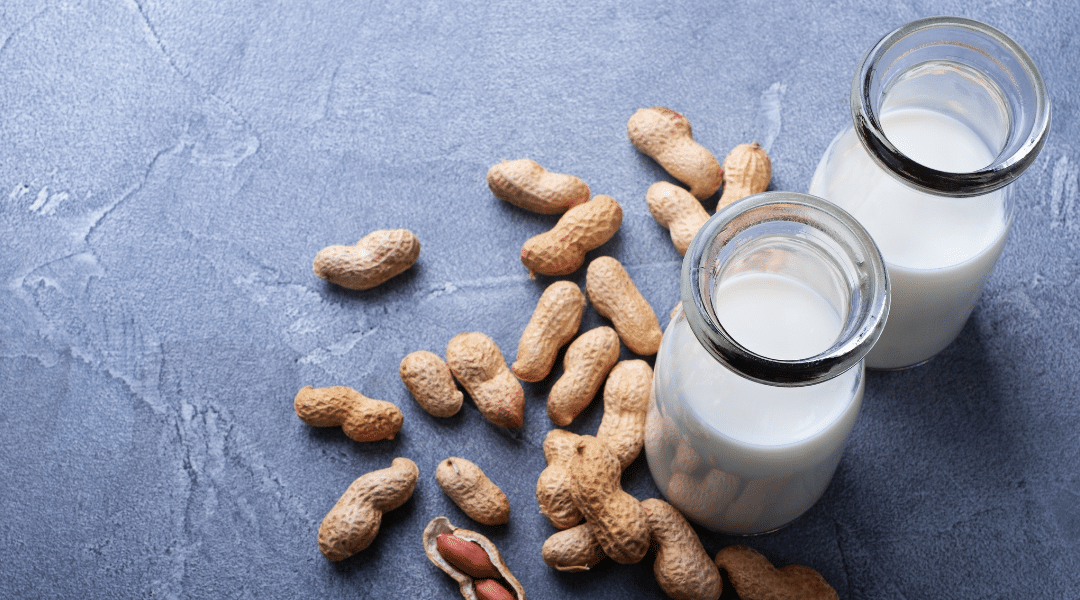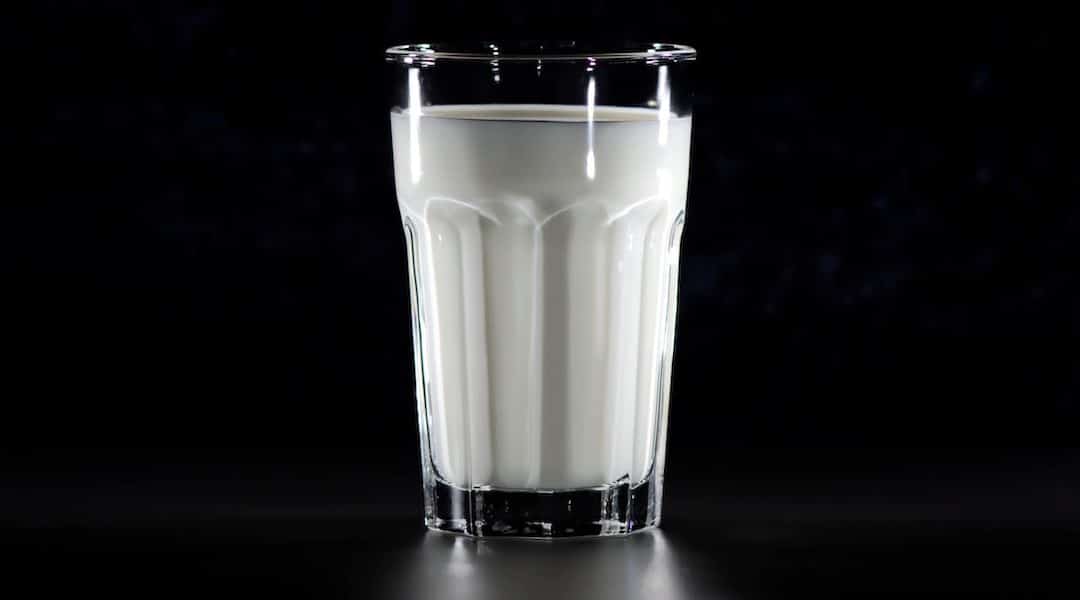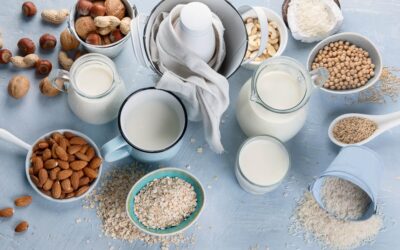This letter was written in response to an article published by Kera News, titled, “Milk and Cereal in the Morning Can Help With Managing Diabetes, Study Says.” To read the article including the dairy industry study (funded by the dairy industry), click here.
Dear Mr. Baker:
We came across your article in Kera News, “Milk and Cereal In the Morning Can Help With Managing Diabetes, Study Says,” and it inspired us to take a look at the study you referenced to find out more. We asked our team of scientists to analyze the research in its entirety, and although we respect your efforts to report the latest in health science, we are concerned that the average reader may be mislead by your presentation of the study. Please consider our findings below:
You quoted Marisa Aguillon, who emphasized the importance of dairy milk. However, you also state that the key to a balanced breakfast is a combination of protein, carbohydrates, and fats, and milk is in no way the only accessible food with this combination of nutrients. In fact, most whole foods contain these macronutrients in various ratios. Lentils, tofu, peanut butter – all are substantial sources of protein, carbohydrates, and fat. While you touch on the fact that many diabetics can be lactose intolerant, your article continues to emphasize dairy. There is no need for those suffering from type 2 diabetes to believe that they must also suffer from their lactose intolerance symptoms, as there are a plethora of other nondairy breakfast options that offer similar nutrient profiles and effects on weight loss.
Regarding the study you referenced, “Effect of milk protein intake and casein-to-whey ratio in breakfast meals on postprandial glucose, satiety ratings, and subsequent meal intake,” it is evident that the study is funded by Agriculture and Agri-Food Canada with additional contributions from Dairy Farmers of Canada, the Canadian Dairy Network, and the Canadian Dairy Commission under the Agri-Science Clusters Initiative. Although the funding agreement states that these organizations do not have any influence over the study design or its results, it is common knowledge that funding is redirected from scientists who don’t produce favorable findings to those who do. The study is a marketing tool for the dairy industry, and it is not sensible for the industry to continue to funnel money into projects that do not positively represent dairy. Alternatively, if studies continue to favor dairy, they are likely to be misconstrued as legitimate research and promoted through articles such as yours, giving the dairy industry an additional incentive to pump funds into carefully constructed experiments that will champion their products.
Moving on to the research itself, the way in which the study is designed make the results irrelevant to the average consumer. Participants were given five types of breakfast drinks composed of water, skim milk, permeate powder, skim milk powder, and whey protein concentrate powder. However, since no one adds these ingredients to their daily bowl of milk and cereal, the results are meaningless to consumers. Further, the study compared the effects of an 80:20 to a 40:60 casein-to-whey-ratio, and while the 40:60 proved favorable in regards to lowering blood glucose levels, this result cannot be replicated at home, since all commercially sold dairy milk is comprised of an 80:20 ratio. Given the lack of application to your readers, we question the purpose of sharing these findings.
By tinkering with the casein-to-whey-ratios, researchers did find that whey seemed to lower blood glucose levels because whey is insulinic. For type 2 diabetics who are already plagued with excessive insulin secretion, advocating such a product seems counterproductive. Those with type 2 diabetes should consume foods that lower blood glucose levels without spiking their insulin. This can be accomplished with a variety of fiber-rich foods including oatmeal, sweet potatoes, legumes, and berries.
Cereal was also highly regarded in this study, but it was strategically chosen to elicit a positive outcome for dairy milk. Participants consumed Honey Nut Cheerios, which likely scores around 71 on the glycemic index (GI). Skim milk has a GI of 37. Because milk wields a significantly lower GI than cereal, it appeared to lower the participants’ blood glucose levels. However, if the participants were to pair dairy milk with a low-glycemic food, such as barley (GI: 28) or an apple, (GI: 36), it is unlikely that it would have a substantial effect. In essence, the researchers designed the study to make milk look good by comparing it to something worse. It is this manipulated research that is then published by writers such as yourself, educating the public without the proper context.
In regards to dairy milk and cereal’s “appetite-suppressing” effects, researchers found there was little to support this claim. They stated, “In our study, the breakfast meal of 2 servings of Honey Nut Cheerios (58 g total) and 250 mL of beverage provided an energy content varying from 400 to 500 kcal. The high energy content was clearly a factor, as the reduction in appetite was similar after the treatment meal compared with the control and remained below baseline to 120 min.” There were no significant differences between the groups, and the researchers suggest that this may be due to the relatively high caloric intake of the meal, not because the combination of dairy milk and cereal is particularly satiating.
Finally, the study also reviewed the gastrointestinal issues that followed consumption of the dairy milk test meal. While the data revealed that test participants experienced bloating, cramping, flatulence, and general stomach discomfort, your article did not mention this finding. We believe that when advising the public, it is best to recommend a product that is safe for everyone, and if not, it is part of a journalist’s integrity to note potential health hazards.
We strongly believe that consumers shape many of their decisions around the media they consume, and it is a writer’s responsibility to accurately report any scientific studies they wish to cover. Journalists must read studies with a keen eye and fully comprehend the evidence, or risk becoming a cog in the wheel of the heavily-funded dairy marketing efforts. We ask that you amend your article to more effectively communicate the true conclusion: dairy milk may lower blood glucose levels, but only under these specific and completely irrelevant conditions and when paired with highly processed, undesirable breakfast cereals. Dairy milk exerted an underwhelming effect on appetite, and there is an abundance of other breakfast foods that provide significant sources of fats, carbohydrates, and protein.
To learn more about the true health effects of dairy, we invite you to explore switch4good.org.
Switch4Good is a coalition of dairy-free world-class athletes, scientists, and medical professionals advocating for a dairy-free future to promote improved health, performance, sustainability, and ethics.








